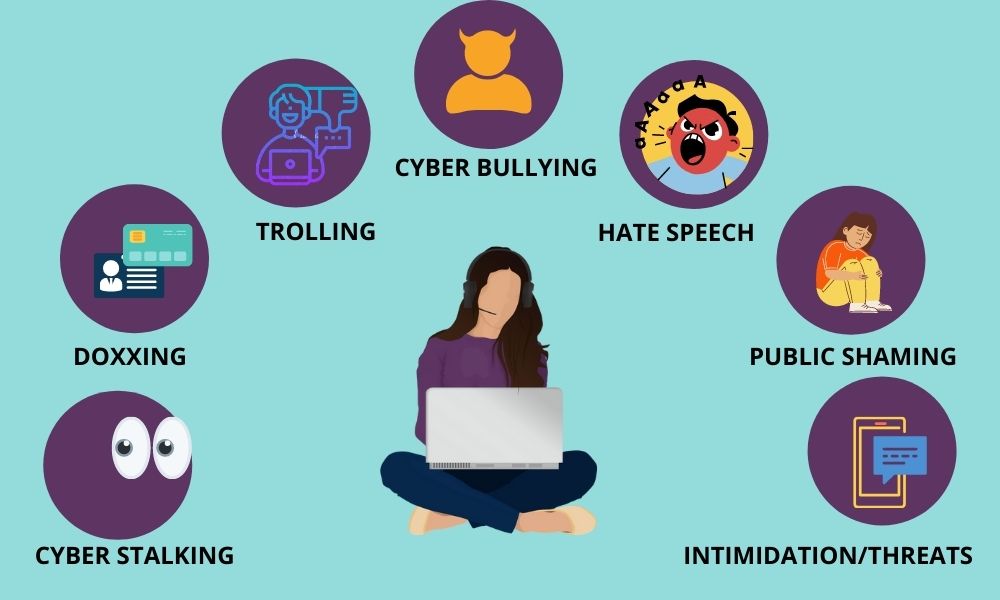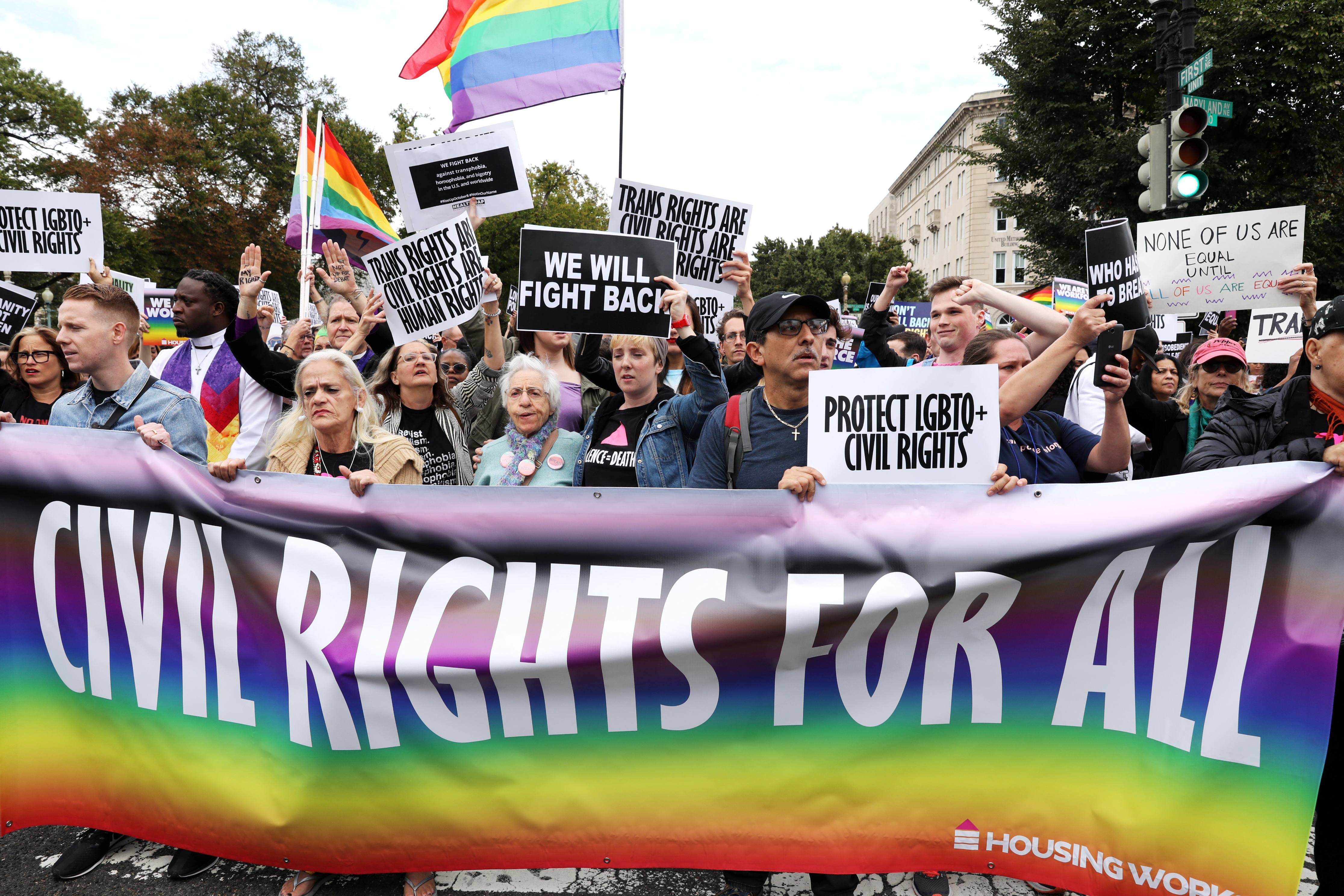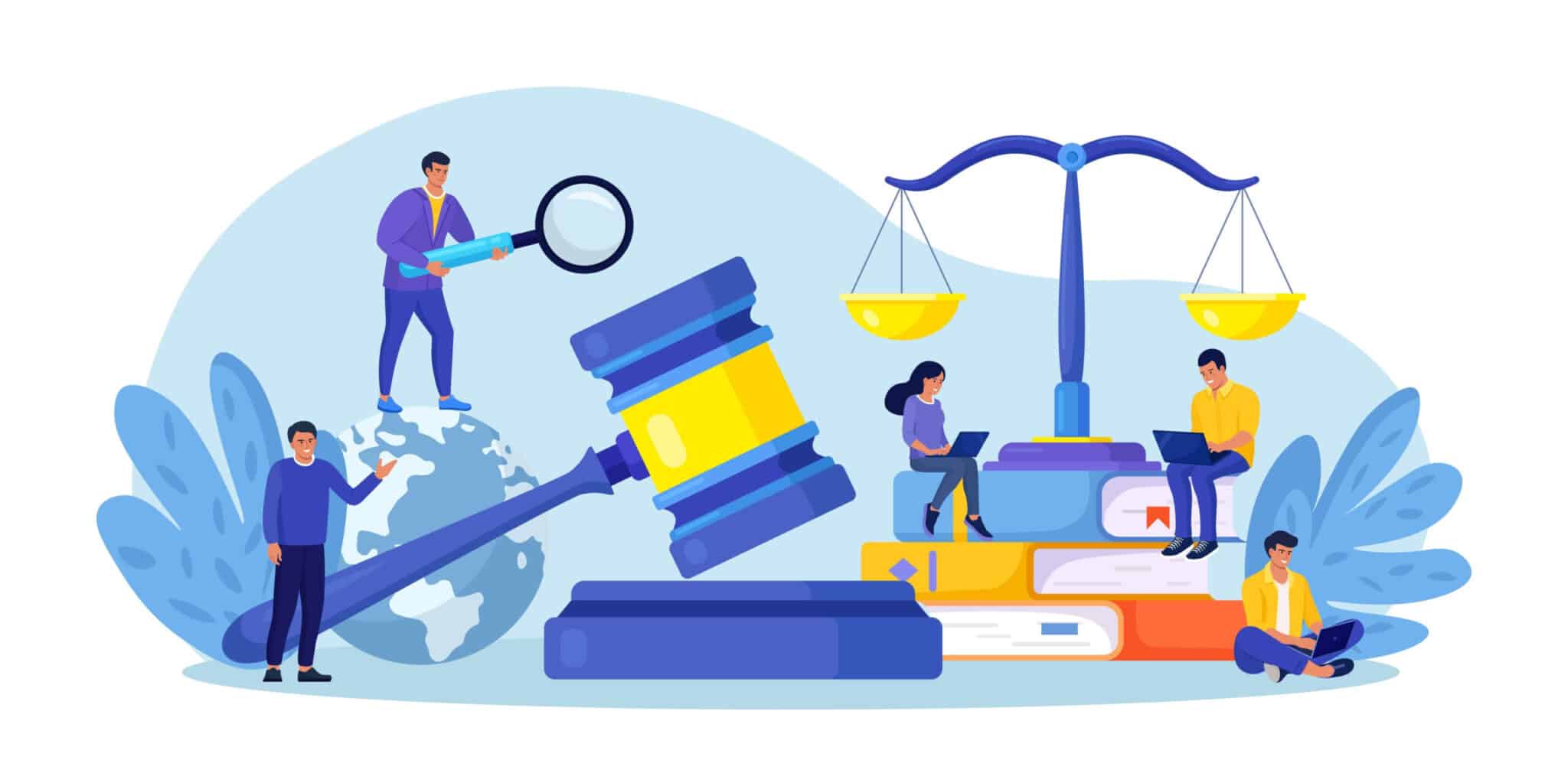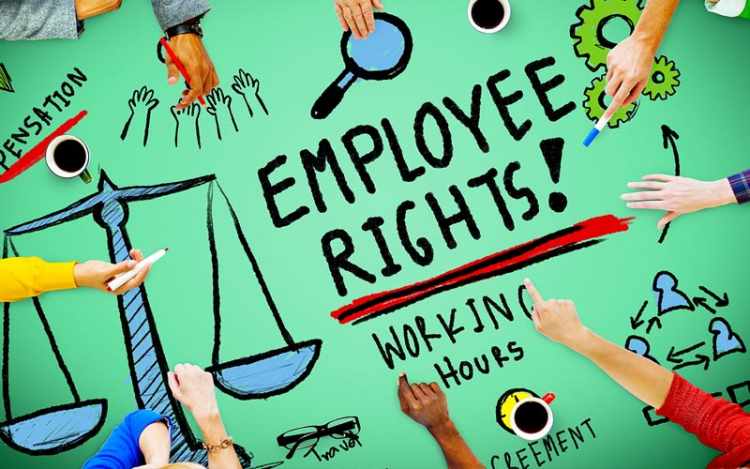How to Report Workplace Discrimination: Navigating the complex world of workplace discrimination can feel daunting, but understanding your rights and options is crucial. Whether you’re facing unfair treatment, harassment, or a hostile work environment, knowing how to report discrimination effectively is essential for protecting yourself and ensuring a fair workplace.
This guide delves into the various types of discrimination, provides a checklist for identifying discriminatory conduct, and Artikels the steps for reporting discrimination both internally and externally. We’ll explore the role of HR in handling these reports, provide tips for documenting incidents, and discuss strategies for navigating workplace dynamics after reporting.
Ultimately, this guide empowers you with the knowledge and resources to address discrimination effectively and advocate for a respectful and inclusive work environment.
Understanding Workplace Discrimination

Workplace discrimination occurs when an individual is treated unfairly or differently based on certain protected characteristics. This can happen in various forms, ranging from subtle biases to overt actions that create a hostile work environment. Recognizing and understanding these forms of discrimination is crucial for creating a fair and inclusive workplace.
Navigating the complexities of workplace discrimination can be daunting, but resources exist to help. If you believe you’ve experienced discrimination, document the incident and consider seeking legal counsel. And while you’re addressing legal matters, it’s wise to review your insurance coverage, especially if you’re a homeowner in Rhode Island.
Rhode Island Home Insurance Quotes: A Guide for Homeowners provides a comprehensive guide to securing the right protection for your property. Returning to workplace discrimination, remember that reporting is a crucial step in addressing the issue and ensuring a fair and equitable work environment.
Types of Workplace Discrimination
Workplace discrimination can manifest in various ways, each impacting individuals differently. Here are some common types:
- Discrimination based on race or ethnicity: This involves treating individuals differently based on their race or ethnicity, including hiring, promotion, pay, or job assignments. For instance, a company might hire a candidate from a specific racial group over another equally qualified candidate from a different racial group, solely based on their race.
Navigating workplace discrimination can be a daunting task, but understanding your rights and options is crucial. While seeking legal counsel is recommended, securing financial stability is equally important. For comprehensive guidance on obtaining insurance coverage, consider checking out Get a USAA Insurance Quote: A Comprehensive Guide , a valuable resource for those seeking peace of mind in challenging situations.
Returning to workplace discrimination, remember that documenting incidents and seeking support from trusted individuals can be vital steps in seeking justice.
- Discrimination based on gender: This encompasses treating individuals differently based on their gender, including gender identity or expression. Examples include paying women less than men for the same job, promoting men over women for leadership roles, or creating a hostile work environment for transgender individuals.
Navigating the complexities of reporting workplace discrimination can be challenging, but knowing your rights is essential. For those seeking financial security, especially military members, Boat Insurance Quote USAA: A Guide for Military Members provides valuable insights into securing the right coverage for your assets.
Understanding your options and seeking support from relevant organizations are key steps in addressing workplace discrimination effectively.
- Discrimination based on religion: This involves treating individuals differently based on their religious beliefs or practices. This could include refusing to hire someone based on their religion, denying them time off for religious observances, or making discriminatory comments about their faith.
- Discrimination based on age: This involves treating individuals differently based on their age, typically affecting older workers. This could include being passed over for promotions, being subjected to age-related stereotypes, or being forced to retire prematurely.
- Discrimination based on disability: This involves treating individuals differently based on their physical or mental disabilities. This could include refusing to hire someone with a disability, failing to provide reasonable accommodations, or subjecting them to harassment or bullying.
- Discrimination based on sexual orientation: This involves treating individuals differently based on their sexual orientation, including their attraction to the same or opposite gender. This could include being denied employment, being subjected to harassment or bullying, or being excluded from social events.
Examples of Discriminatory Behaviors
Discriminatory behaviors can take many forms, ranging from subtle biases to overt actions that create a hostile work environment. Here are some examples:
- Unwanted sexual advances: This could include unwelcome physical contact, sexually suggestive comments, or the display of sexually explicit materials.
- Harassment based on race or ethnicity: This could include racial slurs, jokes, or stereotypes, or the display of racially insensitive materials.
- Discriminatory hiring practices: This could include using discriminatory language in job postings, interviewing candidates differently based on their protected characteristics, or refusing to hire qualified candidates based on their race, gender, or other protected characteristics.
- Unequal pay for equal work: This could involve paying women less than men for the same job, or paying individuals from different racial or ethnic groups differently for the same work.
- Denying promotions or opportunities: This could involve passing over qualified candidates based on their protected characteristics, or creating a hostile work environment that makes it difficult for individuals to advance in their careers.
Identifying and Understanding Protected Characteristics
It is essential to understand the concept of protected characteristics, which are traits or attributes that are legally protected from discrimination. These characteristics are often Artikeld in national and regional laws and regulations. Some common protected characteristics include:
- Race or ethnicity: This refers to a person’s ancestry or origin, including their race, nationality, or ethnic group.
- Gender: This refers to a person’s sex assigned at birth, including their gender identity or expression.
- Religion: This refers to a person’s beliefs and practices related to a particular faith or spiritual tradition.
- Age: This refers to a person’s age, typically protected for individuals over a certain age.
- Disability: This refers to a person’s physical or mental impairments, including conditions that affect their ability to perform certain tasks.
- Sexual orientation: This refers to a person’s sexual attraction to others, including their attraction to the same or opposite gender.
Recognizing Discriminatory Conduct
Recognizing discriminatory conduct is crucial for both individuals and organizations. It’s essential to understand the subtle and overt ways discrimination can manifest in the workplace, enabling you to take appropriate action.
Red Flags Indicating Potential Discrimination, How to Report Workplace Discrimination
A checklist of red flags can help identify potential discriminatory behavior. These indicators, while not conclusive proof, should raise concerns and prompt further investigation.
- Unequal Treatment:Being treated differently from colleagues in similar situations, such as receiving fewer opportunities for promotion or training, or being subjected to different performance expectations.
- Unwanted Comments or Jokes:Offensive remarks, jokes, or stories that target an individual’s protected characteristics, such as race, gender, religion, or sexual orientation.
- Hostile Work Environment:Experiencing a workplace where unwelcome behavior creates an intimidating, hostile, or offensive environment, making it difficult to perform job duties.
- Unjustified Disciplinary Action:Receiving harsher disciplinary action than others for similar offenses, or being disciplined for conduct not considered a violation by others.
- Exclusion from Social Events:Being deliberately excluded from social gatherings or activities with colleagues, creating a sense of isolation or ostracization.
Common Tactics Used by Perpetrators of Discrimination
Perpetrators of discrimination often employ tactics designed to conceal their bias and make it difficult for victims to prove their claims.
- Denial and Minimization:Dismissing claims of discrimination as “misunderstandings” or “exaggerations,” refusing to acknowledge the impact of their actions.
- Shifting Blame:Attributing discriminatory behavior to factors other than their own bias, such as the victim’s performance or personality.
- Creating a “Justification”:Offering seemingly legitimate reasons for discriminatory actions, which often mask underlying bias.
- Using “Code Words”:Employing indirect language or euphemisms that perpetuate stereotypes and discriminatory attitudes.
- Gaslighting:Making the victim question their own perception of events, leading them to doubt their experience of discrimination.
Legal and Ethical Implications of Discriminatory Actions
Discriminatory actions carry both legal and ethical implications, impacting individuals and organizations.
| Legal Implications | Ethical Implications | |
|---|---|---|
| Discrimination | Violates federal, state, and local laws prohibiting discrimination based on protected characteristics. Can lead to lawsuits, fines, and reputational damage. | Undermines principles of fairness, equality, and respect for all individuals. Creates a hostile and unjust work environment, harming employee morale and productivity. |
| Retaliation | Taking adverse action against an employee for reporting discrimination or participating in an investigation is illegal. Can result in further legal action. | Demonstrates a disregard for ethical conduct and a lack of commitment to creating a safe and inclusive workplace. |
Reporting Discrimination: How To Report Workplace Discrimination
Reporting discrimination is a crucial step in addressing and preventing such behavior in the workplace. It allows for investigations and potential corrective actions to be taken. There are two primary avenues for reporting discrimination: internally through your company’s established procedures and externally through government agencies or legal channels.
Internal Reporting Procedures
Internal reporting procedures are the first line of defense against workplace discrimination. These procedures are typically Artikeld in an employee handbook or company policy. The following steps are generally involved in reporting discrimination internally:
- Identify the Incident:Document the specific incident or pattern of discriminatory behavior, including dates, times, locations, and any witnesses.
- Gather Evidence:Collect any supporting documentation, such as emails, memos, text messages, or performance reviews, that may corroborate your claims.
- Report the Incident:Contact the designated person or department within your company for reporting discrimination. This could be Human Resources (HR), a supervisor, or a designated ethics hotline.
- Follow Up:Keep a record of your report, including the date, time, and the name of the person you spoke to. Follow up with HR or the designated department to inquire about the status of the investigation.
Role of HR in Handling Discrimination Reports
Human Resources plays a critical role in investigating and resolving discrimination reports. HR departments are typically trained to handle these situations with sensitivity and impartiality. Their responsibilities include:
- Initiating an Investigation:HR will conduct a thorough investigation into the allegations of discrimination, gathering evidence and interviewing relevant parties.
- Maintaining Confidentiality:HR will strive to maintain confidentiality throughout the investigation process, protecting the privacy of all involved parties.
- Recommending Corrective Actions:Based on the findings of the investigation, HR may recommend corrective actions, such as disciplinary measures against the perpetrator, training programs for employees, or policy changes.
External Reporting Channels
In some cases, individuals may choose to report discrimination externally, especially if they feel that their internal reporting process was inadequate or if they believe their employer retaliated against them for reporting the incident. External reporting channels include:
- Equal Employment Opportunity Commission (EEOC):The EEOC is a federal agency that enforces laws prohibiting employment discrimination. Individuals can file a charge of discrimination with the EEOC if they believe they have been discriminated against based on their race, color, religion, sex, national origin, age, disability, or genetic information.
- State and Local Fair Employment Agencies:Many states and localities have their own fair employment agencies that handle discrimination complaints. These agencies may have specific procedures and time limits for filing complaints.
- Legal Counsel:Individuals may also choose to seek legal counsel to pursue legal action against their employer if they believe they have been discriminated against.
Protecting Yourself
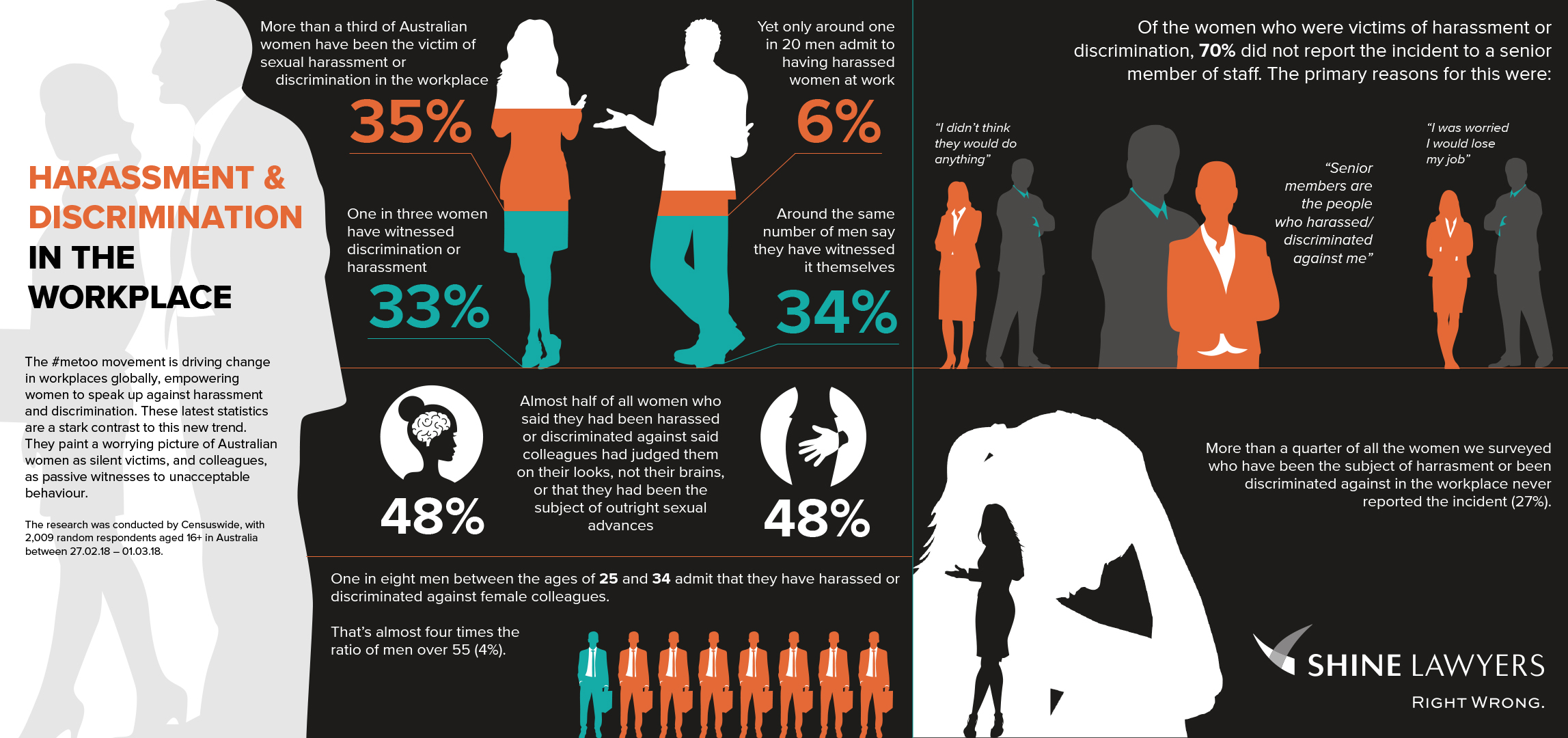
Reporting workplace discrimination can be a challenging experience. While it’s crucial to speak up, it’s equally important to protect yourself throughout the process. This includes documenting discriminatory incidents, understanding how to navigate workplace dynamics after reporting, and knowing where to seek legal and emotional support.
Documenting Discriminatory Incidents
Thorough documentation is essential in any discrimination case. It helps to strengthen your claim, provides a detailed account of the events, and can be used as evidence in any legal proceedings.
- Keep a detailed journal of the discriminatory incidents. Include dates, times, locations, specific details of what happened, and the names of any witnesses.
- Save any emails, text messages, voicemails, or other electronic communications that relate to the discrimination.
- Gather any physical evidence, such as discriminatory policies, memos, or notes.
- Document any actions you took to address the discrimination, such as complaints to your supervisor or HR department.
Navigating Workplace Dynamics After Reporting Discrimination
Reporting discrimination can change the dynamics of your workplace. Some colleagues may be supportive, while others may be hostile or dismissive. It’s important to be prepared for these potential challenges and to have strategies in place for navigating them.
- Be prepared for potential retaliation. This could include being passed over for promotions, being assigned undesirable tasks, or being subjected to negative gossip.
- Maintain professional boundaries with colleagues. Avoid engaging in unnecessary conversations about the discrimination, and focus on your work.
- Seek support from trusted colleagues or friends. Talking to someone you trust can help you cope with the emotional stress of the situation.
Seeking Legal and Emotional Support
If you are experiencing workplace discrimination, you are not alone. There are resources available to help you understand your rights, navigate the legal process, and cope with the emotional impact of discrimination.
- Contact an employment lawyer. An experienced lawyer can advise you on your legal rights and options, and can represent you in any legal proceedings.
- Reach out to an employee assistance program (EAP). EAPs offer confidential counseling and support services to employees.
- Connect with a support group. Talking to others who have experienced discrimination can provide valuable support and understanding.
Final Summary
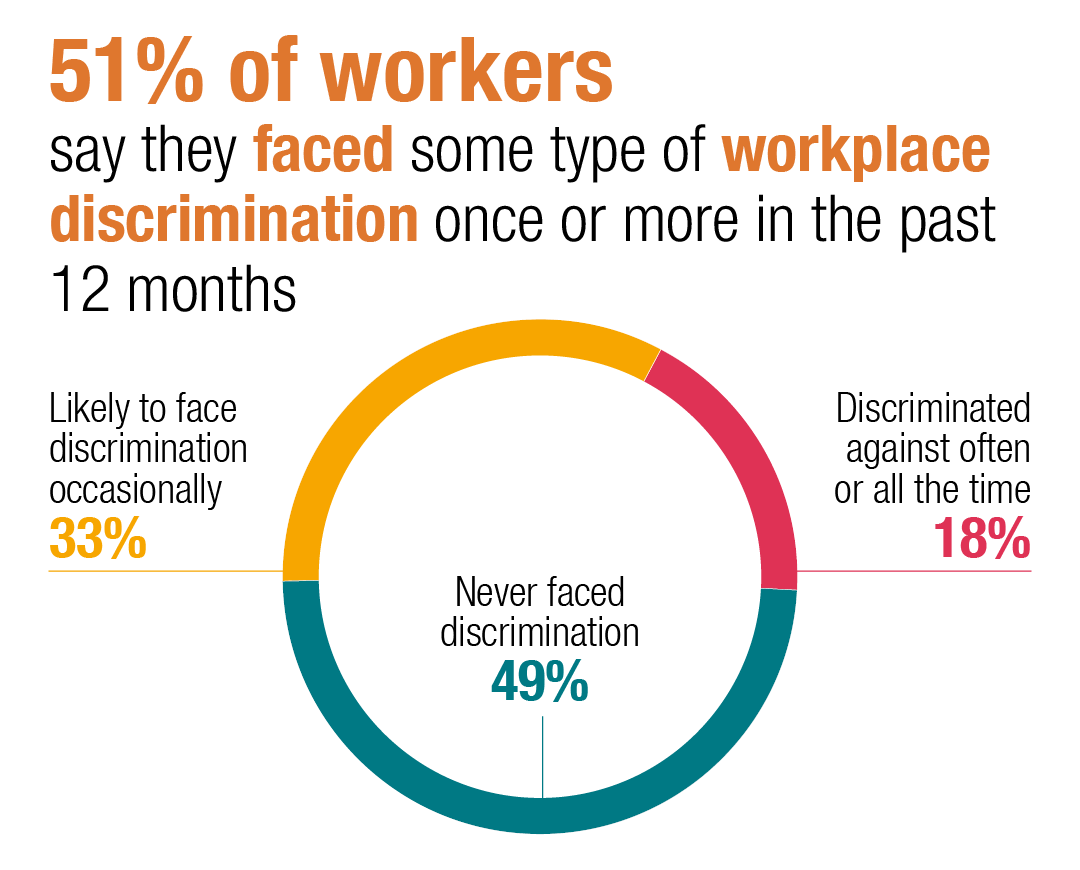
Reporting workplace discrimination can be a challenging but necessary step towards creating a fairer and more equitable workplace. By understanding your rights, documenting incidents, and utilizing the available resources, you can effectively address discrimination and protect yourself. Remember, you are not alone, and there are organizations and individuals ready to support you throughout the process.
Taking action against discrimination not only benefits you but also contributes to a more inclusive and respectful workplace for everyone.
